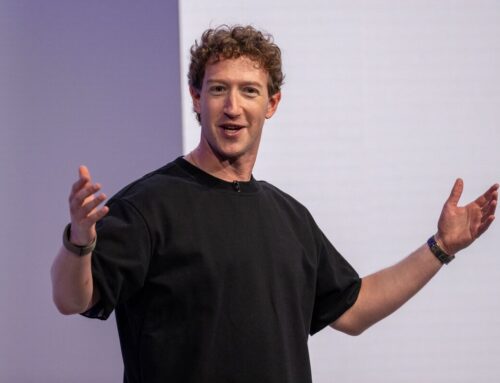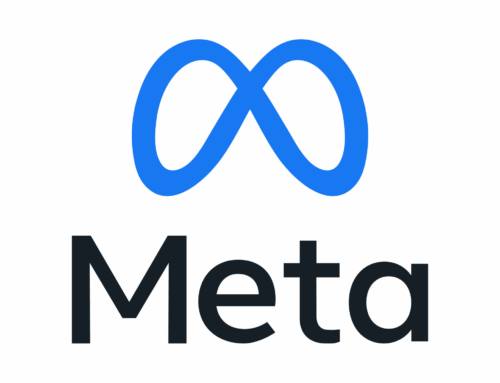Attendees learn about the final stages of the city’s environmental equity plan. Credit: Margo Milanowski
Consultants creating Evanston’s environmental equity plan have reached final stages of developing actions based on their investigation.
At their fourth public workshop, held Wednesday evening at Ebenezer AME Church, the consultants sought input from attendees for what’s missing and what should be prioritized.
Examples of actions could be:
Help people with home electrification.
Explore ”green alleys’’ to help with stormwater.
Invest in a low-stress, connected network of cycling and walking facilities.
Integrate green infrastructure and tree planting into traffic control.
Adopt a truck ordinance and strengthen the anti-idling ordinance to reduce nuisances and pollution.
Develop sustainable funding for parks.
Help owners with property that could support tree planting to choose appropriate species and develop a maintenance plan.
Track environmental justice using with metrics.
Expedite the entitlement process for developments that exceed the percentage of inclusionary units required by the Inclusionary Housing Ordinance.
The consultants said they had honed in on resident concerns during at least a dozen meetings including community leaders, focus groups and the general public, reaching 85 or more participants.
They identified four areas to target with recommendations: open space, parks and trees; housing and development; streets and transportation; and community services.
Project consultants plan to have a completed report with actions, suggestions for implementation, connected organizations, data measure options and timeline possibilities by the end of this year.
There is a “multipronged approach” to issues across the city, said urban planning and landscape architect Sarah Lilly.
Lilly and Brett Weidl, consultant and speaker at the fourth meeting, work for MKSK, the firm contracted to help the city produce this plan.
At the meeting, attendees got a chance to see draft actions, show which ones were most important to them and give notes on remaining pieces.
The city might have purview over something like updating neighborhood traffic management but would just be influencing or bolstering something like green schoolyard projects.
Consultants heard concerns directly from residents to guide their suggestions.
The canopy conundrum
For example, the last environmental equity workshop identified lack of tree canopy as a difficult problem. With fewer trees, areas in Evanston that historically received less investment faced higher temperatures and potentially more air pollution, Lilly explained.
To dig into this, the consultants took a look at the distribution of private and publicly owned trees across the city. Lilly said there actually isn’t much disparity between the numbers of publicly owned trees across Evanston. The problem is with privately owned trees.
In areas like the Fifth Ward, historical redlining caused minimum lot sizes to be much smaller, Lilly said. This left less space for trees on private property.
Action items around tree canopy include technical assistance with tree planting and maintenance, education on the benefits of trees, the city continuing to plant public trees in areas with fewer of them, whether private or public, and identifying places where more greenery could be planted, like on rooftops of businesses or around larger parking lots.
Balancing needs During implementation, though, the city will have to deal with conflicting opinions and the fact that different things might be good for different reasons.
For example, one attendee brought up that Envision Evanston 2045 has the possibility of diminishing required lot size for a development, which could result in fewer trees based on the current tree canopy data.
“We need to come together as a community to talk about what’s right for our community, and what’s right for one part of Evanston might be different from what’s right for another part of Evanston,” Weidl said. “That’s something that we need to address in this report.”
Related Stories




